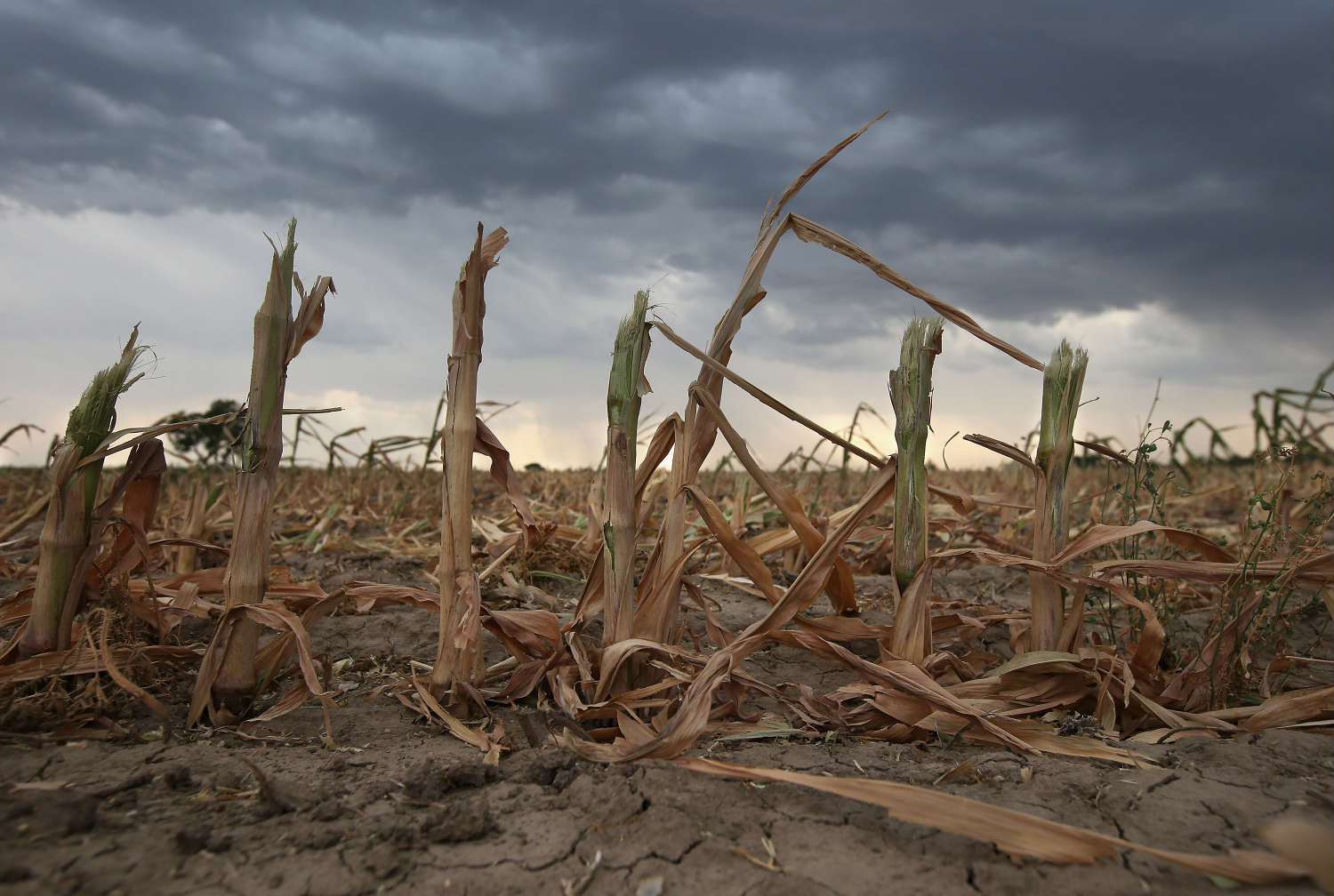
It’s St. Patrick’s Day, which means the 100 million or so people of Irish descent around the world get the opportunity to celebrate their heritage with song, food and increasingly controversial parades. The sheer size of the Irish diaspora is what has made St. Patrick’s Day an international event—after all, there are only 6.4 million Irish people in Ireland. But it’s also a reflection of the waves of emigration that marked Ireland’s history until recently—emigration that was fueled in part by the great famine of the 1840s. Triggered by a disease that wiped out the potato, Ireland’s staple crop, the Great Famine—an Gorta Mor in Irish—led to the death of a million people and caused another million to flee the country. Without the potato blight, that Irish diaspora—and your local St. Patrick’s Day festivities—might be significantly smaller.
The Great Famine is a reminder of the way failures in agriculture can drive lasting historical change—while leading to immense human suffering. That’s a useful backdrop of a new analysis on the impact global warming will have on crop yields, just published in Nature Climate Change. The news isn’t good: the research, based on a new set of data created by the combination of 1,700 previously published studies, found that global warming of only 2º C (3.6º F) will likely reduce yields of staple crops like rice and maize as early as the 2030s. And as the globe keeps warming, crop yields will keep shriveling unless drastic steps are taken to adapt to a changing climate. As Andy Challinor, a professor of climate impacts at the University of Leeds and the lead author of the study, put it in a statement:
Our research shows that crop yields will be negatively affected by climate change much earlier than expected…Furthermore, the impact of climate change on crops will vary both from year-to-year and from place-to-place—with the variability becoming greater as the weather becomes increasingly erratic.
The effect that warming will have on crop yields is one of the most vital areas of climate research—and one of the most vexing. Warming will have different impacts on different kinds of crops in different parts of the world. Warmer temperatures—and the higher levels of carbon dioxide that come with them—may enhance yields in the short-term, but as the climate gets hotter and hotter, crops could wilt, especially in the tropics. Changes in precipitation—both prolonged droughts and bigger storms—will hit farmers hard as well. And with a 842 million hungry people around the world—and another 2 billion or so who will need to be fed by mid-century as global population grows—accurately nailing down the impact climate change will have on crop yields could make the difference between life and death for vast numbers of people.
The last assessment from the Intergovernmental Panel on Climate Change (IPCC) from 2007 found that temperate regions like Europe would be able to deal with moderate, 2º C warming without much of an impact on crop yields. But the newer research used in the Nature Climate Change study indicates that that conclusion might have been too optimistic, especially as the climate gets warmer and warmer towards the century’s end. Farmers in the tropics will have it particularly difficult—yields from maize could drop by 20% or more if temperatures increase by more than 3º C (5.4º F). And those reductions in yield could hide much bigger year-to-year swings, if the weather gets more extreme. “Climate change means a less predictable harvest, with different countries winning and losing in different years,” said Challinor. “The overall picture remains negative.”
We should have a better sense of where climate research stands on crop impacts later this month, when the IPCC comes out with the next chapter in its newest climate science assessment. And farmers—especially in developed nations—can and likely will adapt to what global warming will throw at them, whether by changing crop planting schedules, shifting to more efficient irrigation or taking advantage of biotechnology. But there’s no guarantee that poor farmers—who already produce less per acre—will be able to keep up. The Great Famine was triggered by the potato blight, but it was intensified by cruel policy on the part of Ireland’s British masters, who ensured that rich stores of grain and livestock were exported out of the country even as Irish citizens starved to death in the streets. As a warming climate makes the difficult task of keeping the world fed even tougher, we can only hope that wiser policy prevents the next famine.
More Must-Reads From TIME
- The 100 Most Influential People of 2024
- How Far Trump Would Go
- Scenes From Pro-Palestinian Encampments Across U.S. Universities
- Saving Seconds Is Better Than Hours
- Why Your Breakfast Should Start with a Vegetable
- 6 Compliments That Land Every Time
- Welcome to the Golden Age of Ryan Gosling
- Want Weekly Recs on What to Watch, Read, and More? Sign Up for Worth Your Time
Contact us at letters@time.com